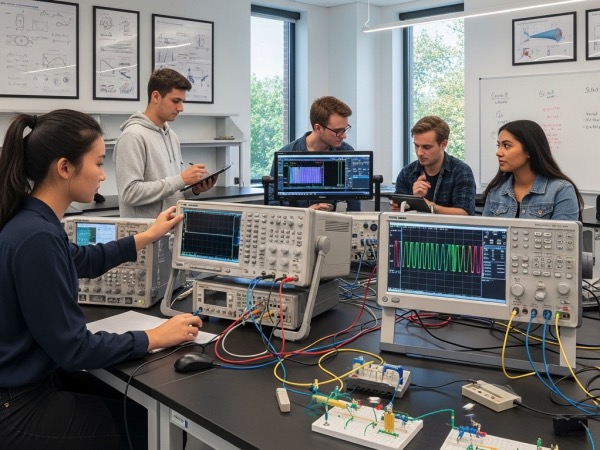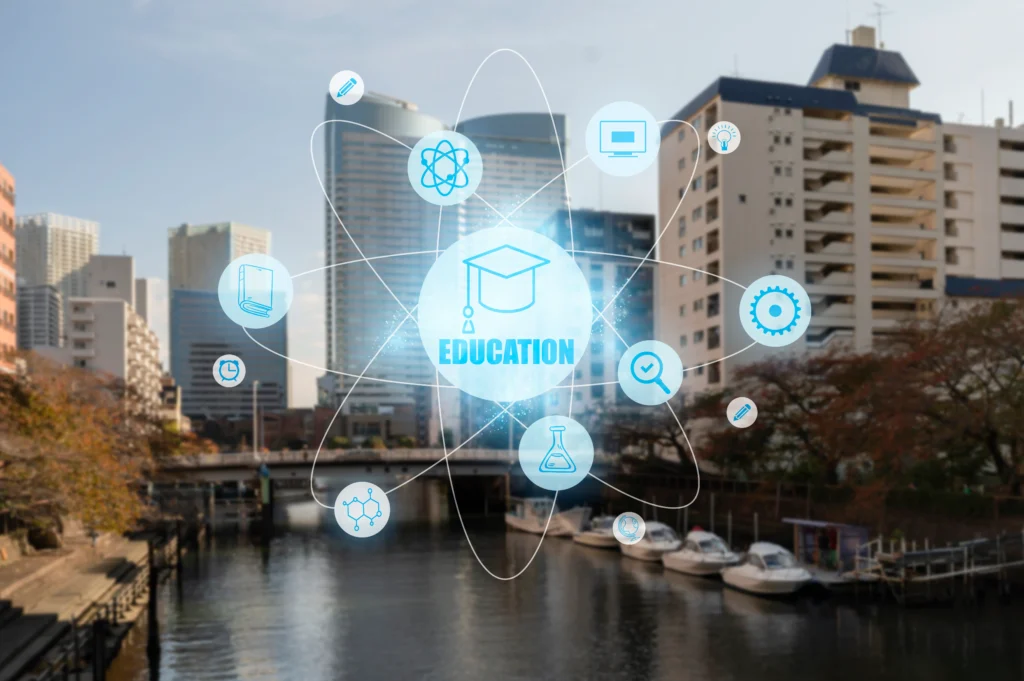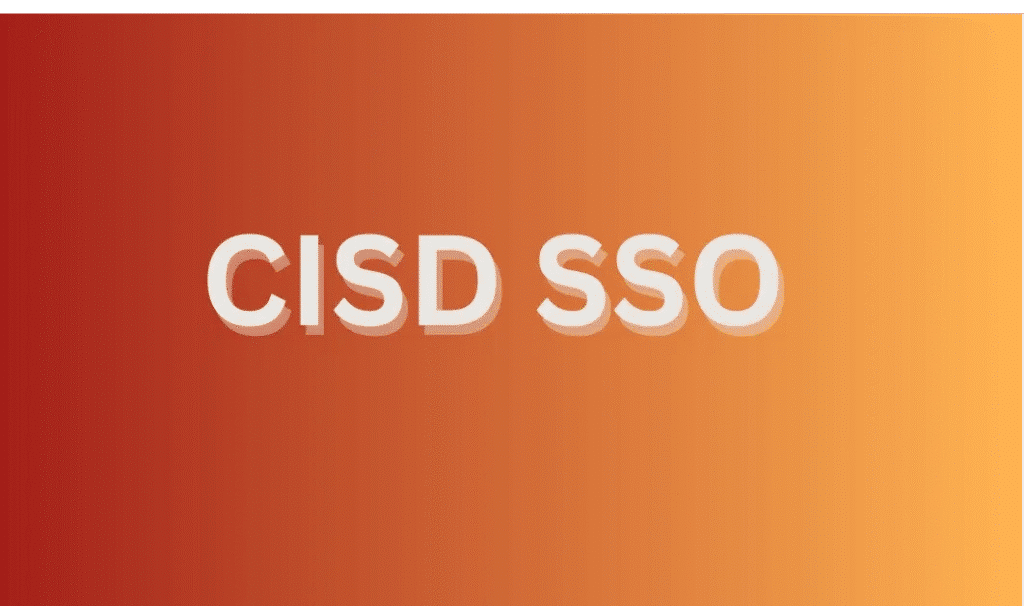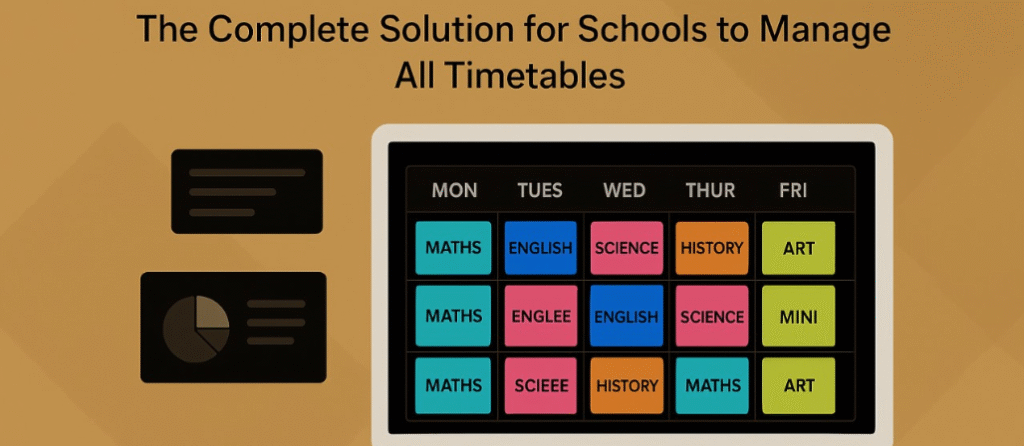Why University Engineering Labs Are Moving Away from Equipment Ownership

The traditional university engineering laboratory, with its decades-old equipment and limited capabilities, is rapidly becoming obsolete. Across institutions nationwide, engineering departments are discovering that the conventional model of purchasing and maintaining test equipment no longer serves their educational mission effectively. Budget constraints, technological evolution, and changing pedagogical approaches are driving a fundamental shift in how universities approach laboratory infrastructure.
This transformation reflects broader changes in both higher education and the technology industry. Students entering the workforce need experience with current-generation equipment, not the aging instruments that universities have traditionally been able to afford. Meanwhile, the accelerating pace of technological change means that equipment purchased today may be obsolete before the end of its depreciation schedule.
Forward-thinking institutions are pioneering new approaches that provide students with access to cutting-edge equipment while managing costs more effectively than traditional ownership models. The results are impressive: improved student outcomes, enhanced research capabilities, and more sustainable laboratory operations that can adapt to changing needs without massive capital expenditures.
The Financial Reality of University Lab Management
University engineering departments face a perfect storm of financial pressures that make traditional equipment ownership increasingly difficult to justify. State funding for higher education has declined significantly over the past decade, while equipment costs have risen faster than inflation. The result is a growing gap between educational needs and available resources that forces difficult compromises in laboratory capabilities.
The lifecycle costs of test equipment in university settings extend far beyond the initial purchase price. Annual calibration services for sophisticated instruments can cost $5,000 to $15,000 per unit, while maintenance contracts add another 8-12% of equipment value annually. For a typical engineering department with dozens of instruments, these ongoing costs can exceed $100,000 annually before factoring in facility requirements, security, and insurance.
Technology obsolescence presents another challenge that’s particularly acute in educational settings. While a commercial laboratory might justify equipment purchases based on specific project requirements with defined lifespans, universities need equipment that remains educationally relevant for many years. The accelerating pace of technological change means that equipment that seemed cutting-edge when purchased may be outdated before students graduate.
Grant funding, while helpful, often comes with restrictions that limit its effectiveness for general laboratory improvement. Research grants typically specify equipment for particular projects, while educational grants may have matching requirements that strain institutional resources. The result is a patchwork approach to equipment acquisition that doesn’t necessarily align with comprehensive educational objectives.
The administrative burden of managing university equipment adds another layer of cost and complexity. Federal regulations require detailed tracking and reporting for grant-funded equipment, while institutional policies may mandate competitive bidding processes that add months to acquisition timelines. These requirements, while necessary for accountability, make responsive equipment management extremely difficult.
Maintenance and repair challenges are particularly acute for universities, which often lack the in-house technical expertise needed to service sophisticated test equipment. Commercial service contracts are expensive, while equipment downtime can disrupt entire courses. The typical repair cycle for complex instruments can extend to several weeks, during which educational activities must be modified or postponed.
Space and facility costs represent another significant expense that’s often overlooked in equipment purchase decisions. Sophisticated instruments may require climate-controlled environments, specialized power supplies, or electromagnetic shielding that add substantially to operational costs. These infrastructure requirements continue throughout the equipment’s lifecycle and may require expensive upgrades as instrument specifications evolve.
Educational Impact of Modern Equipment Access
The pedagogical benefits of providing students with access to current-generation test equipment extend far beyond technical skill development. Students who learn on modern instruments develop confidence and familiarity that translates directly into workplace effectiveness. More importantly, exposure to current technology enables deeper understanding of measurement principles and capabilities that wouldn’t be possible with older equipment.
Industry preparation represents a critical educational objective that’s directly impacted by equipment access. Engineering graduates entering the workforce encounter test equipment that’s typically far more sophisticated than what they experienced in university laboratories. This capability gap can significantly impact their initial job performance and career progression. Employers increasingly expect new graduates to be familiar with current instrumentation and measurement techniques.
The research implications of equipment access extend beyond undergraduate education. Graduate students and faculty conducting research need access to instruments with performance levels that match current industry standards. Research publications and grant applications are often evaluated based on the quality of experimental data, which depends directly on instrument capabilities. Inadequate equipment can limit research competitiveness and funding success.
Universities partnering with companies like GS Testequipment Inc in Irvine, California report that students gain experience with the same current-generation equipment they’ll encounter in industry. This exposure provides tangible benefits in terms of job readiness and career preparation that traditional approaches simply cannot match.
Student engagement and learning outcomes improve measurably when courses incorporate modern test equipment. The advanced analysis capabilities and user interfaces of current instruments enable more sophisticated laboratory exercises that provide deeper insight into engineering principles. Students can explore concepts that would be impossible to demonstrate with older equipment, leading to enhanced understanding and retention.
The collaborative aspects of modern laboratory education also benefit from current equipment access. Many current instruments include networking capabilities, data sharing functions, and collaborative analysis tools that support team-based learning approaches. These capabilities align with modern pedagogical methods that emphasize collaboration and real-world problem-solving skills.
Project-based learning becomes more effective when students have access to equipment that matches their project requirements. Modern capstone design projects often involve technologies and performance requirements that demand current-generation test equipment. Access to appropriate instruments enables more ambitious and realistic projects that better prepare students for professional practice.
Alternative Access Models Gaining Adoption
Rather than abandoning equipment access altogether, innovative universities are implementing new models that provide superior capabilities while managing costs more effectively than traditional ownership. These approaches recognize that access to capability matters more than ownership of assets, particularly in educational environments where flexibility and current technology are paramount.
Equipment-as-a-Service programs represent one emerging model that’s gaining traction in university settings. These arrangements provide access to current-generation equipment with built-in maintenance, calibration, and upgrade services. Universities pay predictable monthly or annual fees while equipment providers handle all aspects of equipment management, from initial installation through ongoing support and eventual technology refreshes.
Many universities are discovering that flexible equipment rental programs allow them to refresh lab capabilities more frequently while staying within budget constraints. Rental approaches provide several advantages beyond cost management: access to current technology, elimination of maintenance responsibilities, and the flexibility to adjust equipment configurations based on curriculum changes or research requirements.
Industry partnerships offer another promising avenue for enhancing laboratory capabilities without traditional capital investment. Many technology companies are willing to provide equipment access in exchange for research collaboration opportunities, student recruitment access, or marketing benefits. These partnerships can provide students with exposure to cutting-edge equipment while supporting industry research and development objectives.
Shared resource networks between institutions represent a collaborative approach that’s particularly effective for expensive, specialized equipment. Regional consortiums allow multiple universities to share access to high-end instruments that no single institution could justify purchasing. While this model requires coordination and scheduling, it enables access to capabilities that would otherwise be completely unavailable.
The timing flexibility of alternative access models provides significant educational benefits. Rather than being locked into specific equipment configurations for years, universities can adjust their laboratory capabilities based on changing curriculum requirements, research needs, or student enrollment patterns. This flexibility enables more responsive program development and better alignment between educational offerings and industry needs.
Hybrid models combining multiple access approaches are becoming increasingly common as universities optimize their laboratory strategies. A typical implementation might include owned equipment for basic measurements, rental equipment for specialized applications, and industry partnerships for cutting-edge research projects. This approach provides comprehensive capabilities while managing costs and risks effectively.
Network Analyzer Implementation Case Study
A mid-sized state university recently implemented a comprehensive network analyzer access program that illustrates the practical benefits of alternative equipment access models. The electrical engineering department needed to provide students with hands-on experience in high-frequency circuit analysis and antenna design, but the $80,000 cost of purchasing suitable network analyzers exceeded their equipment budget for several years.
Instead of compromising on educational quality or delaying program development, the department partnered with an equipment rental provider to access current-generation network analyzers for specific course modules. The university’s decision to rent network analyzers for advanced courses allowed students to work with equipment that would have been budget-prohibitive to purchase.
The implementation began with a pilot program in the senior-level RF design course, where students used the rented network analyzers for antenna characterization and filter design projects. The results exceeded expectations: students demonstrated deeper understanding of network parameter concepts, completed more sophisticated design projects, and reported higher satisfaction with their laboratory experiences.
The success of the pilot program led to expanded implementation across multiple courses. The department now provides network analyzer access for junior-level circuit analysis courses, senior design projects, and graduate research activities. The total annual cost for rental access remains lower than the annual depreciation and maintenance costs would have been for purchased equipment.
Student learning outcomes improved significantly compared to previous approaches. Pre-implementation, students learned network analysis concepts through simulation and limited measurements with basic equipment. Post-implementation, students can characterize real devices across wide frequency ranges, analyze complex impedance relationships, and understand measurement uncertainty in ways that weren’t previously possible.
The flexibility provided by the rental approach has enabled curriculum improvements that wouldn’t have been possible with owned equipment. As course requirements evolved, the department could access different network analyzer configurations optimized for specific applications. When research projects required extended frequency ranges or specialized measurement capabilities, appropriate instruments were available without additional capital investment.
Faculty adoption of the new model proceeded more smoothly than anticipated. Initial concerns about equipment availability and consistency were addressed through careful scheduling and close coordination with the rental provider. The technical support and training provided by the equipment supplier actually exceeded what had been available with previously owned instruments.
The success of the network analyzer program has led to expanded implementation of alternative access models across the department. Similar approaches are now being used for spectrum analyzers, signal generators, and power supplies, with consistently positive results in terms of both educational outcomes and cost management.
Implementation Strategies and Change Management
Successfully transitioning from traditional equipment ownership to alternative access models requires careful change management and stakeholder engagement. Faculty members, in particular, may be skeptical of approaches that don’t provide permanent equipment access, while administrators need confidence that new models will provide reliable capabilities within budget constraints.
Faculty buy-in represents the critical success factor for any equipment access transition. Engineering professors have typically built their courses and research programs around specific equipment capabilities, and changes can require significant curriculum modification. The key is demonstrating that alternative access models can provide superior capabilities rather than simply cost savings.
Pilot programs provide effective approaches for building confidence in new equipment access models. Starting with specific courses or research projects allows faculty to experience the benefits firsthand while minimizing risk. Successful pilots can then be expanded to broader applications as confidence and expertise develop.
Training and support requirements often differ significantly between owned and accessed equipment. While universities typically develop internal expertise for maintaining owned equipment, alternative access models may provide manufacturer support and training as part of the service. Understanding these differences and planning accordingly can prevent implementation difficulties.
Student orientation to new equipment access models generally proceeds more smoothly than faculty transitions. Students are typically more comfortable with flexible access approaches and adapt quickly to current-generation equipment interfaces and capabilities. However, ensuring consistent access and avoiding scheduling conflicts requires careful coordination.
Budget planning for alternative access models requires different approaches than traditional capital equipment cycles. Rather than large, infrequent purchases, alternative models involve predictable ongoing expenses that may be easier to budget but require consistent funding commitment. Understanding these financial implications and securing appropriate funding commitments is essential for program sustainability.
Communication strategies should emphasize the educational benefits of alternative access models rather than focusing primarily on cost savings. Faculty and students are more likely to support changes that improve educational outcomes, while cost considerations may be viewed with skepticism. Highlighting improved student preparation and enhanced learning opportunities provides stronger motivation for change adoption.
Measuring Success and Continuous Improvement
Establishing metrics for evaluating the success of alternative equipment access models helps demonstrate value and identify opportunities for improvement. Both educational outcomes and operational metrics should be considered in comprehensive evaluation approaches.
Student learning assessments should compare performance before and after implementation of new equipment access models. This might include project quality evaluation, laboratory skill assessments, and employer feedback on graduate preparation. Consistent improvement in these measures provides strong evidence for program effectiveness.
Equipment utilization metrics help optimize resource allocation and identify opportunities for program expansion or modification. Understanding how different types of equipment are used across various courses and research projects enables more effective planning and budget allocation.
Cost analysis should consider total program expenses including equipment access fees, support costs, and administrative overhead. Comparing these costs to previous ownership expenses provides quantitative justification for program continuation and expansion.
Faculty satisfaction surveys help identify implementation challenges and opportunities for program improvement. Regular feedback collection enables continuous refinement of access models and support services to better meet educational needs.
Future Trends in University Lab Management
The shift away from equipment ownership in university engineering laboratories represents part of broader trends affecting higher education and technology infrastructure. Several emerging developments are likely to accelerate these changes and create new opportunities for innovative equipment access models.
Cloud-based instrumentation and remote access capabilities are beginning to enable distributed laboratory experiences that weren’t previously possible. Students can access sophisticated instruments from multiple locations, enabling more flexible scheduling and broader access to specialized equipment. While not suitable for all applications, remote access capabilities expand the possibilities for equipment sharing and access optimization.
Industry collaboration models continue to evolve, with companies increasingly viewing university partnerships as strategic investments rather than philanthropic activities. These partnerships can provide students with access to cutting-edge equipment while supporting industry research and development objectives. The key is structuring partnerships that provide mutual benefits while maintaining educational integrity.
Technology refresh cycles continue to accelerate, making traditional ownership models increasingly difficult to justify. Equipment that might have remained current for a decade now becomes obsolete in three to five years. Alternative access models that include technology refresh provisions provide protection against obsolescence while ensuring continued access to current capabilities.
Artificial intelligence and machine learning capabilities are being integrated into modern test equipment, creating new educational opportunities that require current-generation instruments. These advanced features enable more sophisticated analysis and measurement techniques that can significantly enhance student learning when properly integrated into laboratory curricula.
Conclusion
The movement away from equipment ownership in university engineering laboratories reflects fundamental changes in both technology and education. The traditional model of purchasing equipment and using it until obsolescence no longer serves the educational mission effectively in an era of rapid technological change and constrained budgets.
Alternative access models provide superior student outcomes while managing costs more effectively than traditional ownership approaches. Students gain experience with current-generation equipment, faculty can adjust their courses to incorporate evolving technology, and institutions can maintain flexibility in their program offerings.
The key to success lies in recognizing that educational objectives require access to capability, not ownership of assets. Universities that embrace this distinction and implement appropriate alternative access models will provide better educational experiences while maintaining financial sustainability. Those that cling to traditional ownership models risk providing students with outdated experiences that don’t prepare them for modern engineering careers.
The future of university engineering laboratories will be defined not by the equipment institutions own, but by the capabilities they can provide to their students. In this context, alternative access models represent not just cost-saving measures, but strategic approaches to educational excellence that prepare students for success in an increasingly sophisticated technological landscape.

Best Tips and Tricks for Bitcoin Investments

Top Benefits of Hiring Professional Pet Sitting Services for Your Pets

Expert Insights on Improving Productivity and Efficiency

Accelerating drug discovery through the DEL-ML-CS approach

AI in Marketing Is No Longer a Buzzword — It’s the Strategy

Top 10 Innovative Tools Transforming College Admissions

SSO CISD Complete Guide to Purpose, Features, and Benefits

From Curiosity to Mastery: How Professionals Evolve in the Digital Era








